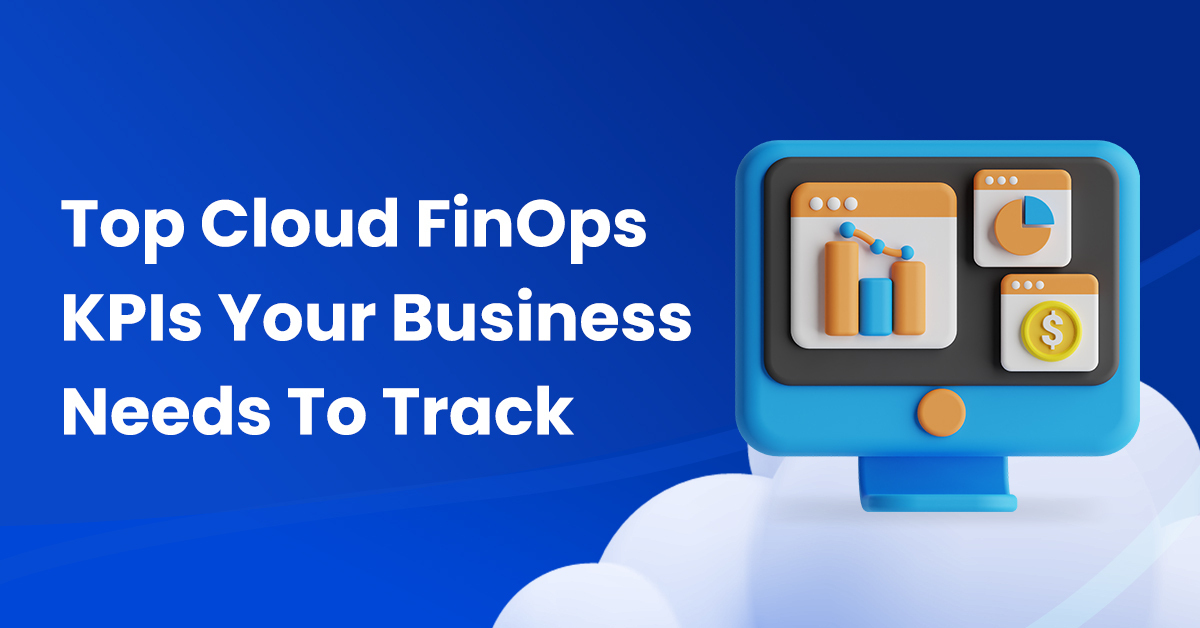In the world of financial operations, key performance indicators play a critical role in helping companies optimize their financial performance. Cloud FinOps KPIs are used to measure the performance of various financial activities and processes, such as budgeting and forecasting, cash flow management, and cost containment. By keeping track of these FinOps KPIs, companies can identify areas of improvement and adjust their strategies accordingly to improve their financial margins.
This article will discuss some of the top Cloud FinOps KPIs that can help companies improve their financial margins. It will also provide tips on measuring and tracking these KPIs to ensure that companies are on the right track.
What is Cloud FinOps?
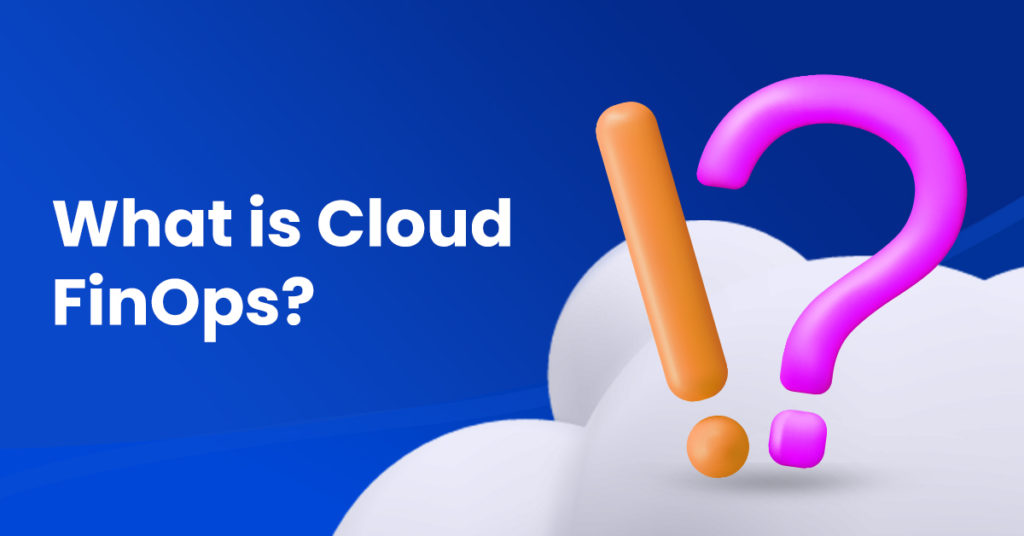
Before diving into the top FinOps KPIs, it’s essential to understand what FinOps is and how it relates to financial performance. FinOps is an approach to financial operations focusing on managing financial resources and processes to maximize cost savings and efficiency. It is a holistic approach that involves understanding the entire financial landscape, including financial planning, budgeting, forecasting, and cash flow management.
FinOps aims to create a continuous cycle of cost optimization, which can significantly improve financial margins. This is accomplished by leveraging data and analytics to understand where money is being spent and where savings can be achieved. Similarly, Cloud FinOps is a specialized subset of FinOps that focuses on optimizing and managing cloud spend. It involves setting cloud-specific objectives, monitoring cloud spending, and taking corrective action to optimize cloud spend.
What Are The Benefits Of Tracking Cloud FinOps KPIs?
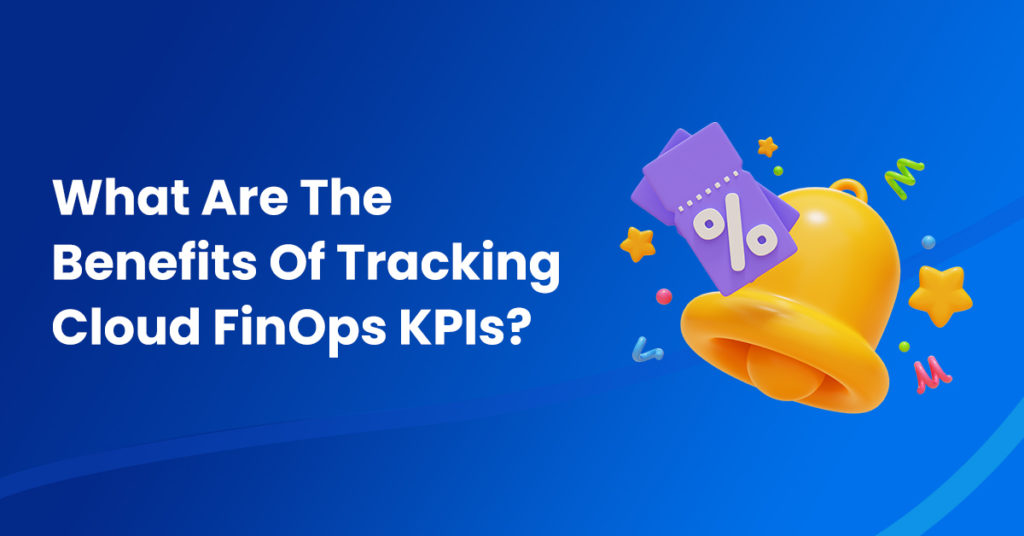
- Improved Business Insights: Tracking Cloud FinOps KPIs enables you to gain insights into the performance of your financial operations. This can help you make informed decisions about optimizing your cost structure, identify areas of improvement, and understand the impact of any changes you make.
- Better Cost Management: Having an up-to-date view of your financial operations makes it easier to manage costs. Tracking KPIs can help you identify areas where you can reduce costs and increase efficiency.
- Improved Customer Experience: Tracking Cloud FinOps KPIs can help you improve customer experience by providing better visibility into the financial operations process. This can help you identify areas that need improvement and ensure that customers receive timely and accurate information.
- Increased Visibility: Tracking FinOps KPIs enables you to understand better your financial operations, which can help you identify any potential problems and address them quickly. This can improve the overall performance of your financial operations and help you make better decisions.
- Improved Risk Mitigation: By monitoring your financial operations, you can identify risk areas and take steps to mitigate them. This can help you ensure your financial data’s security and reduce potential losses.
Top 5 Cloud FinOps KPIs That Will Improve Your Profitability
Now that we have a better understanding of what Cloud FinOps is and how it can help improve financial performance let’s look at some of the top Cloud FinOps KPIs that can help companies optimize their margins and scale effectively:
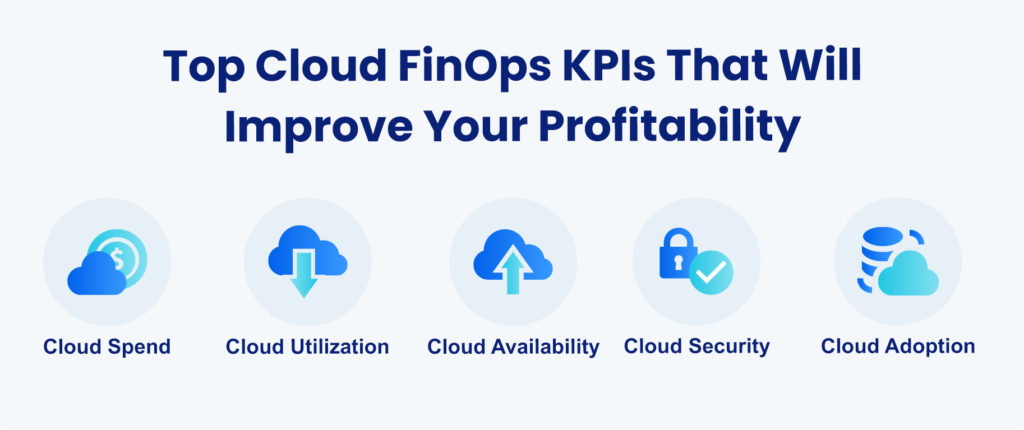
1. Cloud Spend
The first and most important KPI to track is cloud spend. This metric provides visibility into how much money you spend on cloud services. It’s essential to track this KPI to get a clear picture of your cloud spending and identify areas where you can save money.
2. Cloud Utilization
Cloud utilization measures how efficiently you’re using your cloud resources. For example, if you’re paying for a certain amount of storage but only using a fraction of it, you’re not getting the most out of your investment. Tracking utilization helps you identify areas where you can optimize cloud usage and reduce costs.
3. Cloud Availability
Cloud availability measures measure your cloud environment’s reliability and whether it’s meeting your performance expectations. Poor availability can lead to downtime and lost productivity, so monitoring this KPI is important to ensure your cloud environment is operating as expected.
4. Cloud Security
Cloud Security measures the security of your cloud environment and helps you identify any potential threats. It’s important to monitor this KPI to ensure your data is secure and protected from malicious actors.
5. Cloud Adoption
Cloud Adoption measures the rate at which your organization is adopting cloud technologies. Tracking this KPI helps you understand how quickly your organization adapts to cloud computing and identify areas where adoption could be improved.
By tracking these five Cloud FinOps KPIs, businesses can ensure they’re getting the most out of their cloud investments and using their resources efficiently. In addition, tracking these KPIs helps businesses identify areas where they can save money and improve their cloud environment.
Tips For Measuring And Tracking Cloud FinOps KPIs
Now that we have discussed some of the top Cloud FinOps KPIs, let’s look at some tips for measuring and tracking them.
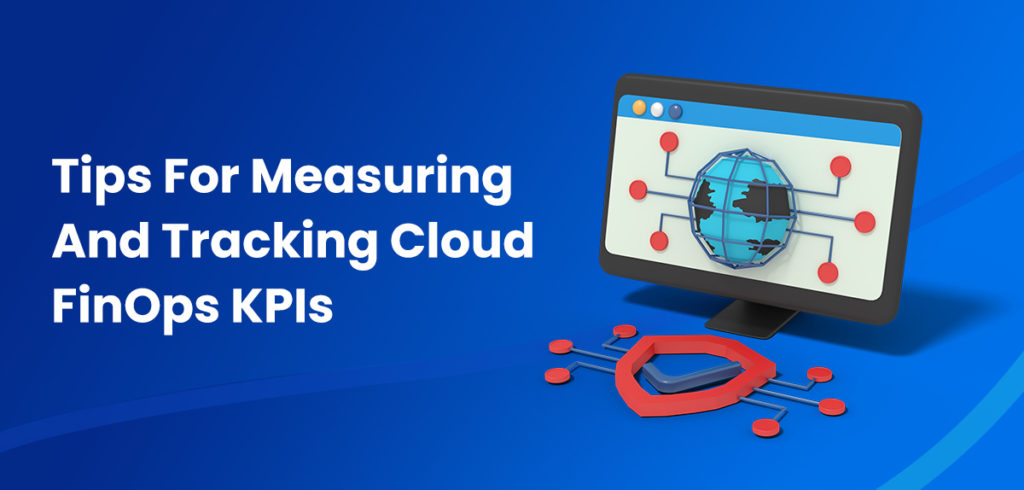
1. Automate Data Collection
Data collection is an important part of tracking FinOps KPIs. Companies should consider automating data collection using cloud monitoring tools. This will ensure that data is collected consistently and, thus, can be used to generate meaningful insights.
2. Develop Dashboards
Dashboards are a great way to track Cloud FinOps KPIs in real-time. Companies should develop dashboards that provide visibility into key performance indicators and show how they change over time. This will make it easier to identify areas of improvement and adjust strategies accordingly.
3. Use Benchmarking
Benchmarking involves comparing performance metrics to industry averages or companies in the same sector. This can provide valuable insights into where an organization is performing well or where there is room for improvement.
How Can nOps Help Businesses Track Cloud FinOps KPIs Effectively?
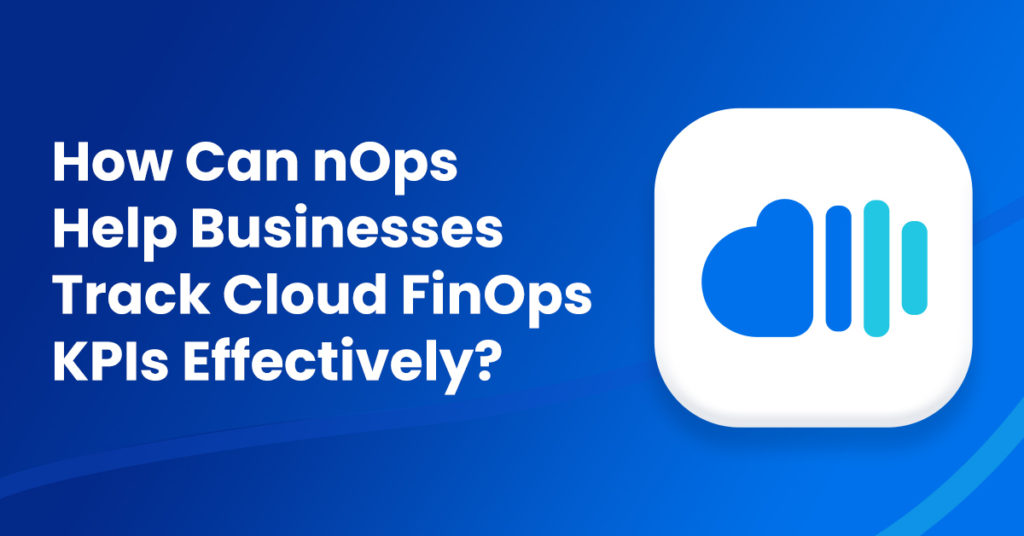
nOps provides businesses with a comprehensive cloud FinOps platform that makes it easy to track, analyze, and optimize cloud financial operations. The platform offers a suite of analytics tools that make monitoring and analyzing cloud costs easy. It also provides detailed cost breakdowns and insights into usage patterns, enabling businesses to identify cost optimization areas and track progress over time. Additionally, nOps provides automated alerts and recommendations to help businesses stay on top of their cloud FinOps KPIs.
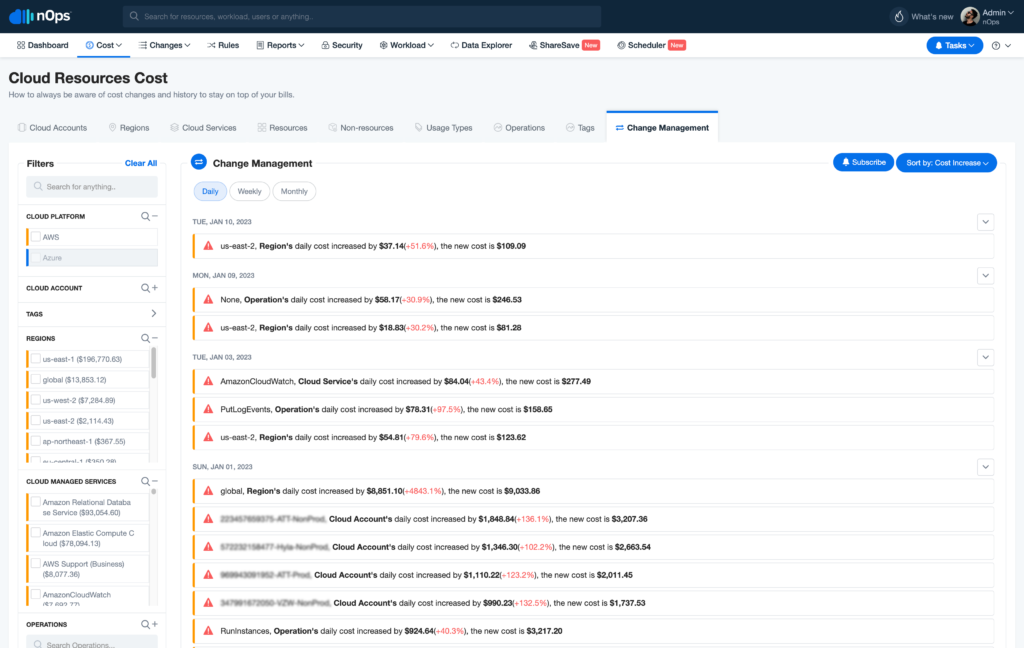
At nOps, we help you deliver FinOps in two ways. First, we provide a wide range of cost optimization capabilities to help you keep cloud spending to a minimum. In addition, we provide the ShareSave feature that enables your team to optimize cloud costs continuously with smart Reserved Instance planning. Sign up for nOps today to see it in action.

